Introduction
For those followers of Indian street food, Pav Bhaji is a familiar dish that consists of mashed vegetables with spices and is served with butter-toasted buns known as pav. This delicacy was invented in the region known as Mumbai in India. It is passionately consumed today, with its piquant flavors and the satisfying mouth feel of the food.
In this recipe, I’ll show you how to make pavement Pav Bhaji at home from scratch to give it that authentic taste. No matter if you are preparing it for the first time or are interested in the improvement of the process, this guide is for you.
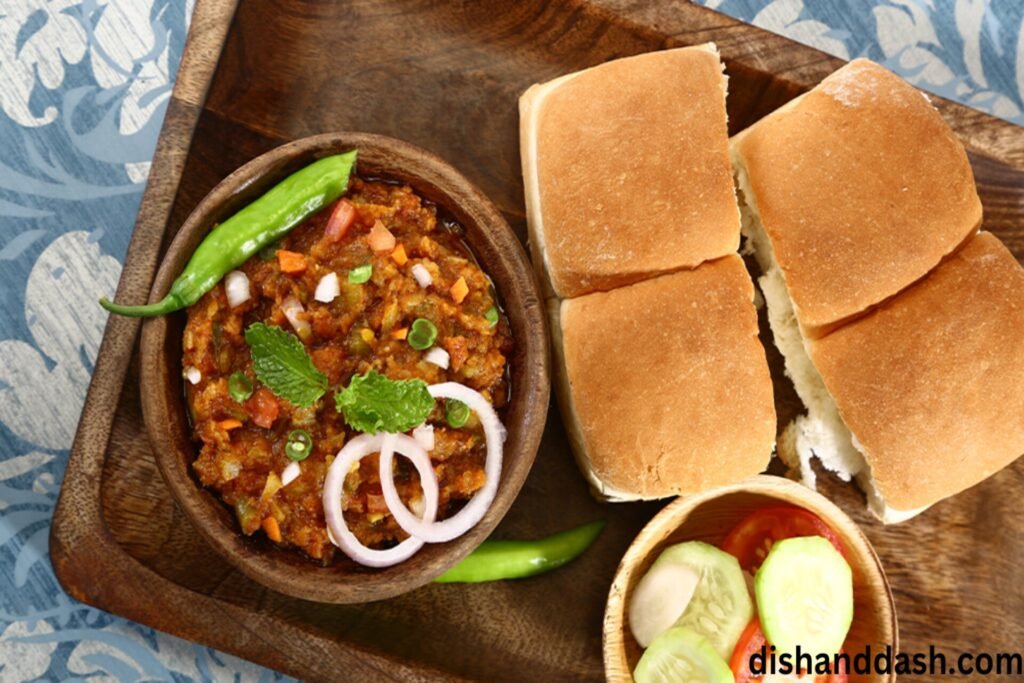
Table of Contents
What is Pav Bhaji?
Street Food recipe Pav Bhajii is a fusion of mashed vegetables cooked in a pot with a spices blend and eaten with pav which is a soft bread roll. This meal is famous in homes as well as restaurants in India due to its flexibility and depth in the firm’s taste.
Originally prepared with potato, peas, tomato, onions, and capsicum, Pav Bhajji also contains cauliflower. This medley is cooked with butter and a special Pav Bhajji masala which is responsible for this dish’s flavor. It is best taken hot though chilled also goes well with it accompanied by coriander, onions, and a wedge of lemon.
Ingredients
Here’s what you’ll need to make Pav Bhajji for about four servings:
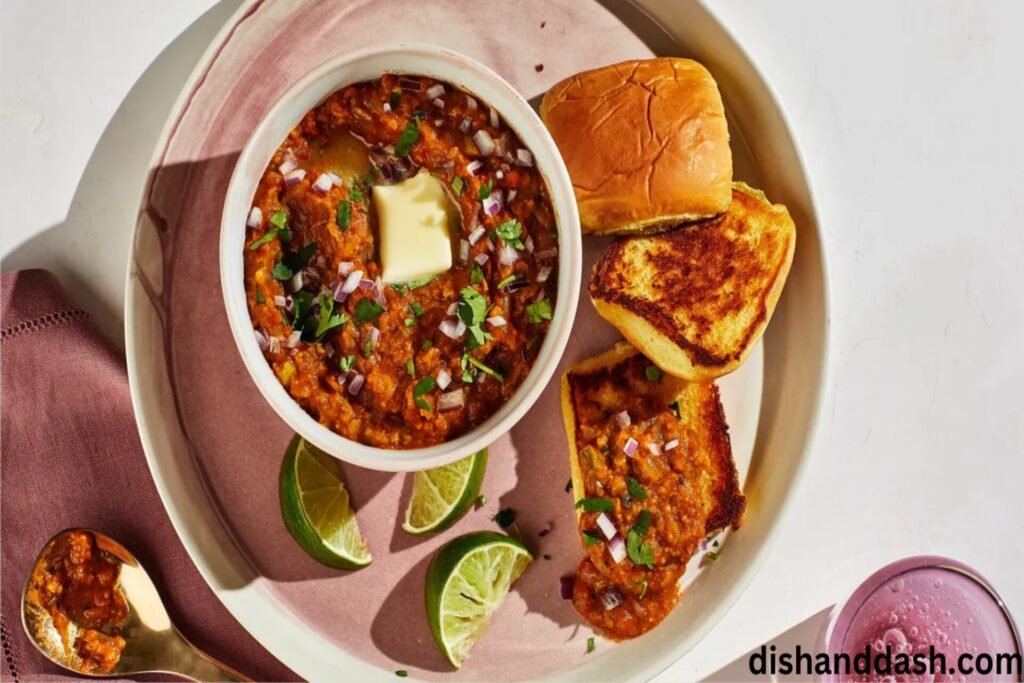
Vegetables
- Potatoes — 3 average-sized, cooked, and mashed
- Cauliflower – 1 cup, chopped
- Green Peas – ½ cup
- Carrot – 1 medium, diced
- 1 medium Green Bell Pepper cut into small pieces
For the Bhaji (Mashed Vegetable Mixture)
- Butter – 3 tablespoons melted (use more if you’d like your sandwich richer)
- Onions – it is advisable to take two midsize onions, even though one large onion would do just fine, but the taste would be less satisfying and the requirement for two midsize onions is logical from this point of view as they are required to be finely diced.
- Tomatoes – 3 medium, chopped fine
- Garlic – 6-8 cloves, minced
- Green Chilies – 2, chopped
- Pav Bhaji Masala from your pantry – 2 tablespoons
- Red Chili Powder – 1 teaspoon
- Salt – to taste
- Water – as needed
- Fresh Coriander – a handful, chopped, for garnish
For the Pav (Bread)
- Pav (Bread Rolls) – 8
- Butter – 2 tablespoons
- Pav Bhaji Masala – 1 teaspoon (required only at times).
Optional Garnishes
- Chopped onions
- Lemon wedges
- Fresh coriander leaves
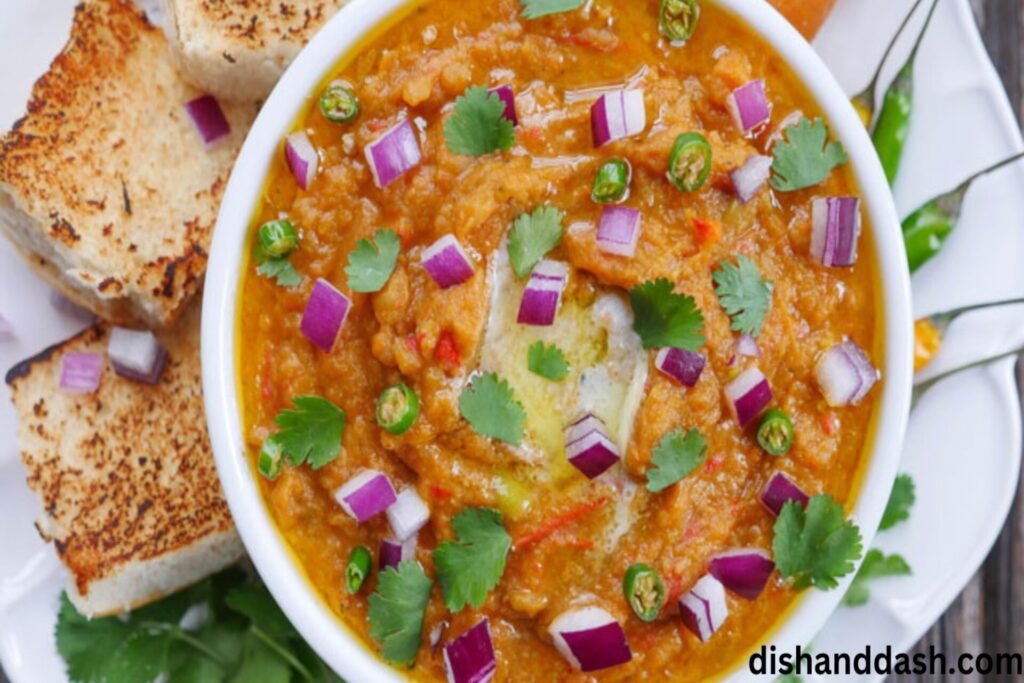
Step-by-Step Recipe
Step 1: Prepare and Boil the Vegetables
- Cook potatoes, cauliflower, green peas, and carrots in a pot on high heat with water to tender. If you are in a hurry, you also need to use a pressure cooker to reduce the preparation time.
- After that, remove the water and blend the vegetables with a fork just enough to make them coarsely chopped. It should be quite fine, but not pasty, but a little coarseness is acceptable because it mixes well with the spices.
Step 2: Prepare the Bhaji (Masala Mixture)
- Heat the Butter: Into a large skillet or pan, melt 3 tablespoons of butter while preparing it to medium heat. For added flavor, you can melt butter and a little oil since butter tends to burn.
- Sauté the Onions and Garlic: Toss in well-chopped onions and minced garlic. They are meant to be sautéed until they can be regarded as being golden brown.
- Add Tomatoes and Green Chilies: Put the tomatoes and green chilies into it. You have to cook until the tomatoes become soft and the oil begins to appear on the sides of the tomatoes.
- Spice it Up: Once again add 2 tablespoons of Pav Bhajji masala, 1 teaspoon of red chili powder, and salt according to your taste. Stir and allow the spices to burn a bit until you get a pleasant smell of spices.
- Add the Mashed Vegetables: New scrape the vegetables into the skillet. Stir all the ingredients together and use water just enough to obtain a thick smooth, consistency.
- Simmer and Mash: As the vegetables cook continue to mash them with a potato masher or even the back of a ladle. Allow this mixture to cook on a slow fire for about fifteen minutes. If necessary adjust the salt and spices, and add the butter to the mixture.
Step 3: Toast the Pav (Bread Rolls)
- Butter the Pav: Each pav roll must be greased with butter. If you wish you can add a pinch of pav bhajji masala on the butter side to add a little kick.
- Toast in a Pan: Heat another pan and put the buttered pav rolls on it, flip both sides until they become crisp and brown.
Step 4: Serve the Pav Bhaji
- Plate the Bhaji: Place the hot, spicy vegetable mixture in a bowl or a plate. Accompany with chopped onions, and green pepper, and serve a lemon wedge.
- Serve with Toasted Pav: Serve the toasted pav around the bhaji and it’s ready!

Expert Tips for the Best Pav Bhaji
- Use Fresh Vegetables: Raw vegetables used in the preparation make the bhajji entry have a richer and more accurate taste. While frozen vegetables are always acceptable, fresh vegetables make a difference.
- Pav Bhaji Masala is Key: Pav Bhajji masala is a special kind of prepared spices blend used to prepare the dish known by the same name. Ensure that, for better results, use a good quality brand or better still prepare the mixture on your own.
- Mash the Bhaji Well: The mixture of the bhajji preparation should be smooth and creamy with little or no graininess.
- Don’t Skimp on Butter: As a vital ingredient in Pav Bhajji, butter is used because it brings a full, glossy body to the mix. This is where you can add almost anything — the more butter you put in, the better your dish will turn out.
- Customize Your Spice Level: Use less chili powder and green chilies if you do not love this spicy food experience. The preparation of Pav Bhajji is such that it barely has a sting, but you can make it as hot or as mild as you want it to be to your sweet taste.
Final Thoughts
Pav Bhaji is a delicious and quite simple recipe that can make Indian street food flavor available in your kitchen. Whether you cook it for your family, plan for a simple party, or maybe you just want to have it for yourself, it will be satisfying. And the best part? You can cook according to your preference for food and the health state you are in if you are diabetic.
Relish this popular Indian snack in the streets of Mumbai with friends or family — or simply hog all to oneself!
FAQs
Can I Make Pav Bhaji Vegan?
Yes! Simply replace the butter with a plant-based alternative, such as vegan butter or oil. The rest of the ingredients are plant-based, making Pav Bhaji an easy dish to veganize.
What Can I Use Instead of Pav Bhaji Masala?
If you don’t have Pav Bhaji masala, you can use a mix of garam masala, coriander powder, cumin powder, and red chili powder. However, for the most authentic flavor, Pav Bhaji masala is recommended.
How Do I Store Leftover Pav Bhaji?
Store the leftover bhaji in an airtight container in the fridge for up to 2 days. Reheat it in a pan, adding a little water if it has thickened. The pav rolls are best enjoyed fresh, so only toast the amount you need per serving.
Can I Add More Vegetables to Pav Bhaji?
Absolutely! While traditional Pav Bhaji uses a specific mix of veggies, you can add zucchini, spinach, or even mushrooms for added nutrition and flavor.
Is Pav Bhaji Gluten-Free?
The bhaji itself is gluten-free, as it’s just a blend of vegetables and spices. To make the dish completely gluten-free, serve it with gluten-free bread rolls or gluten-free pav.
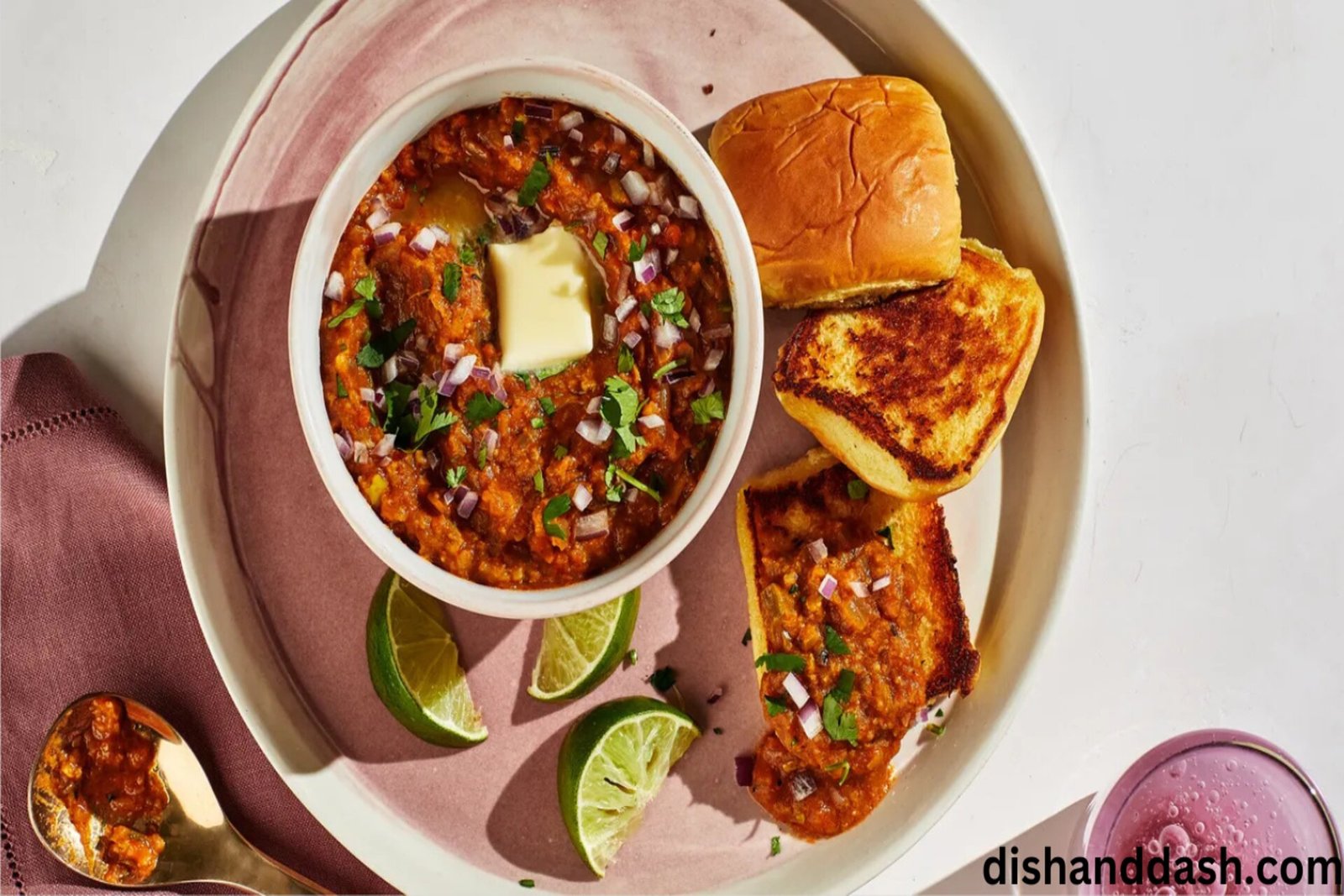
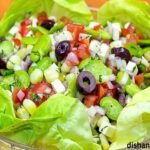
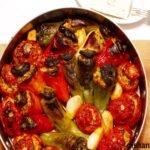
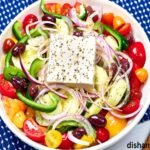

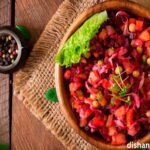



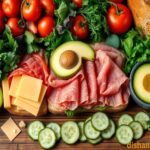

1 thought on “Making Delicious Pav Bhaji Recipe 2024”